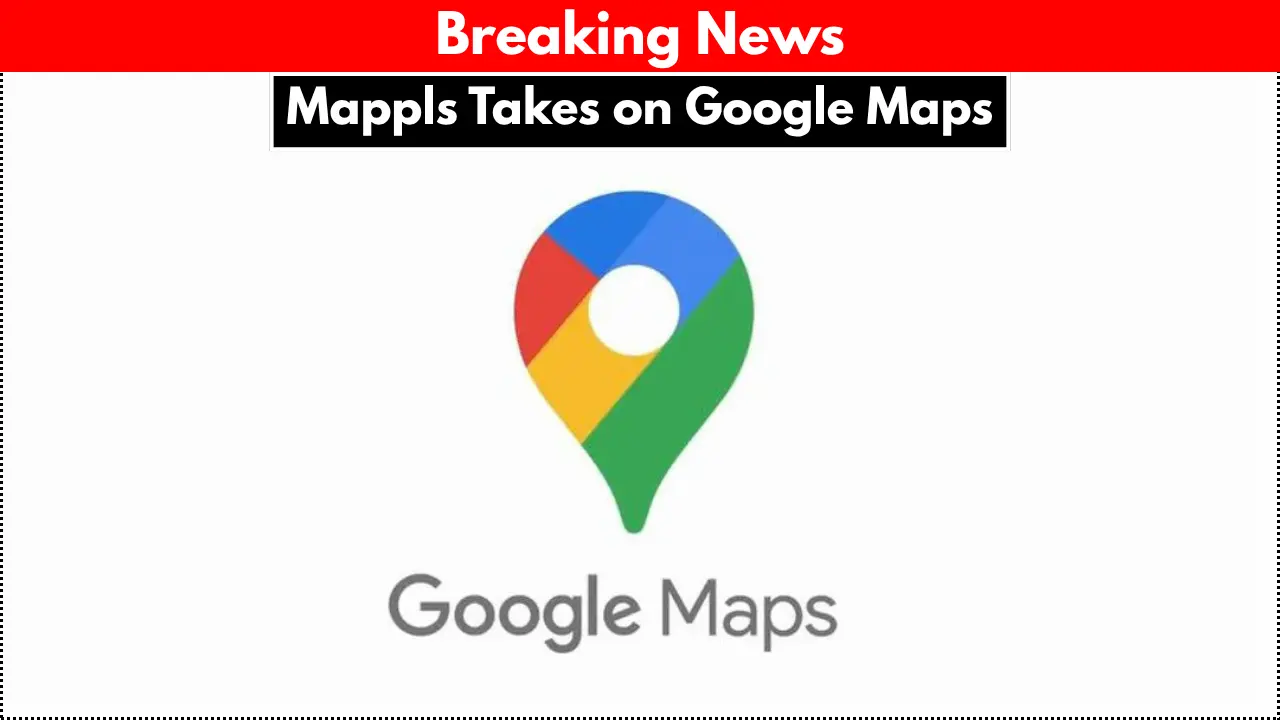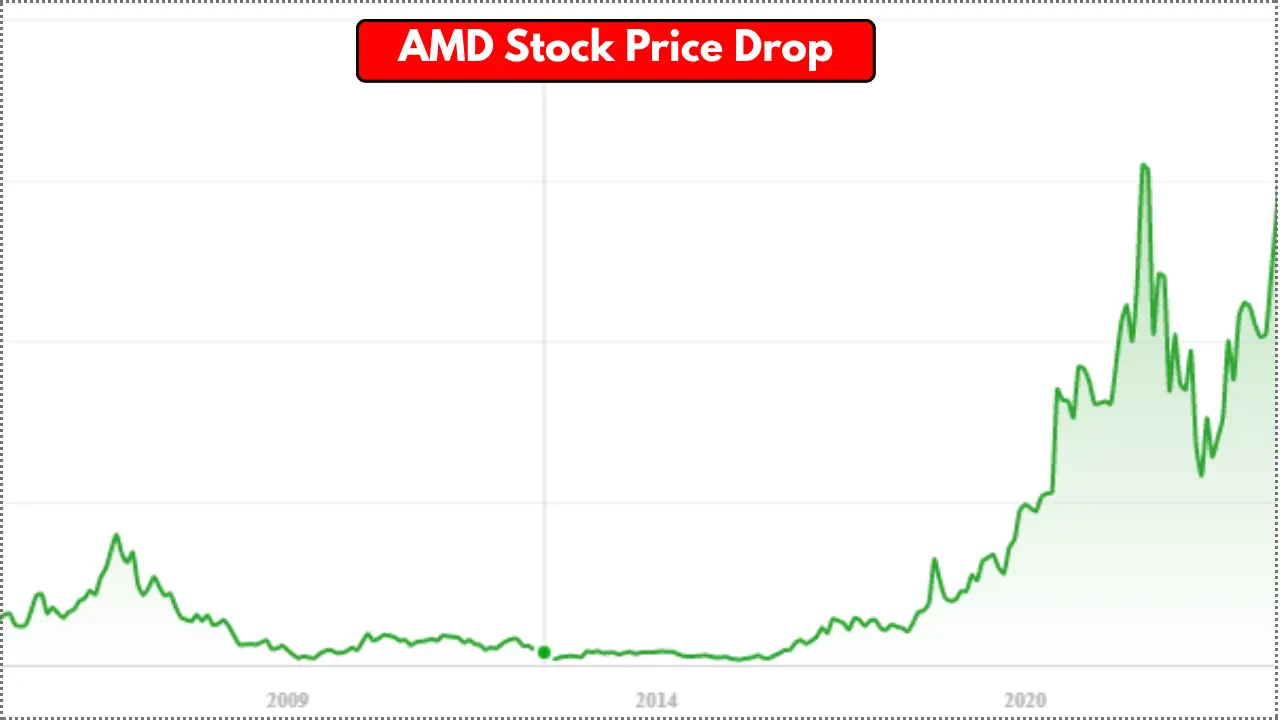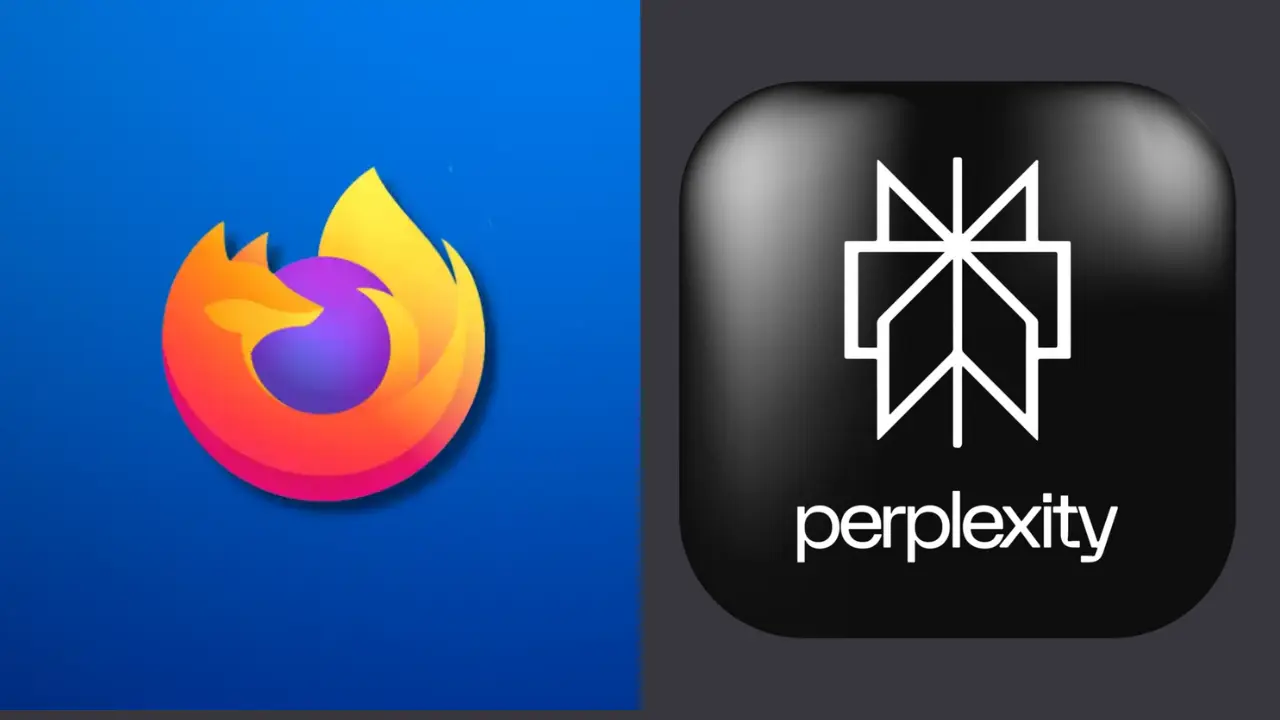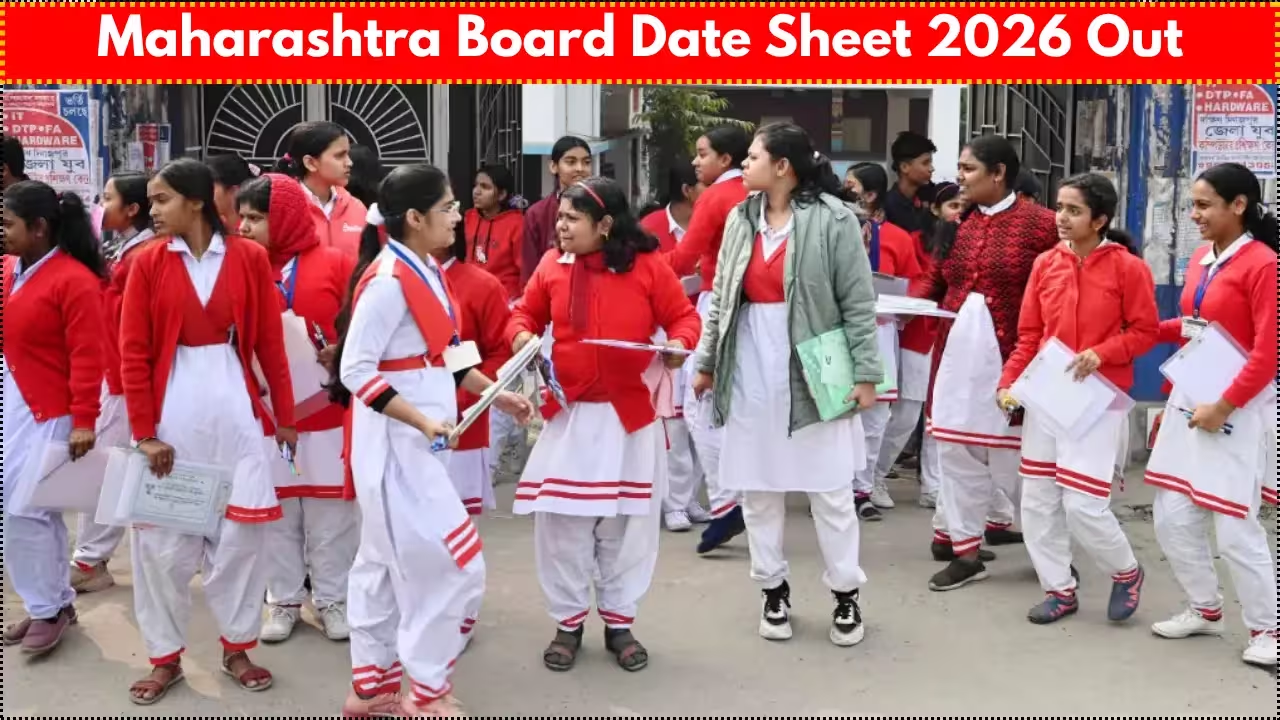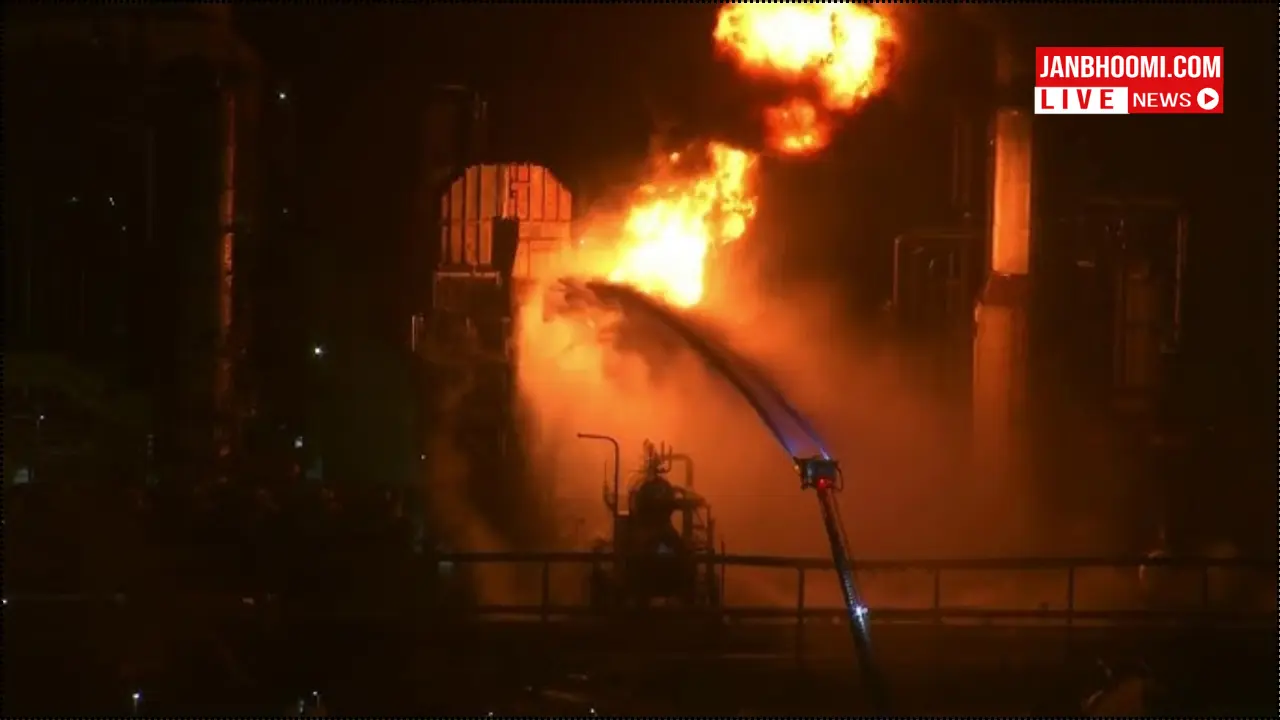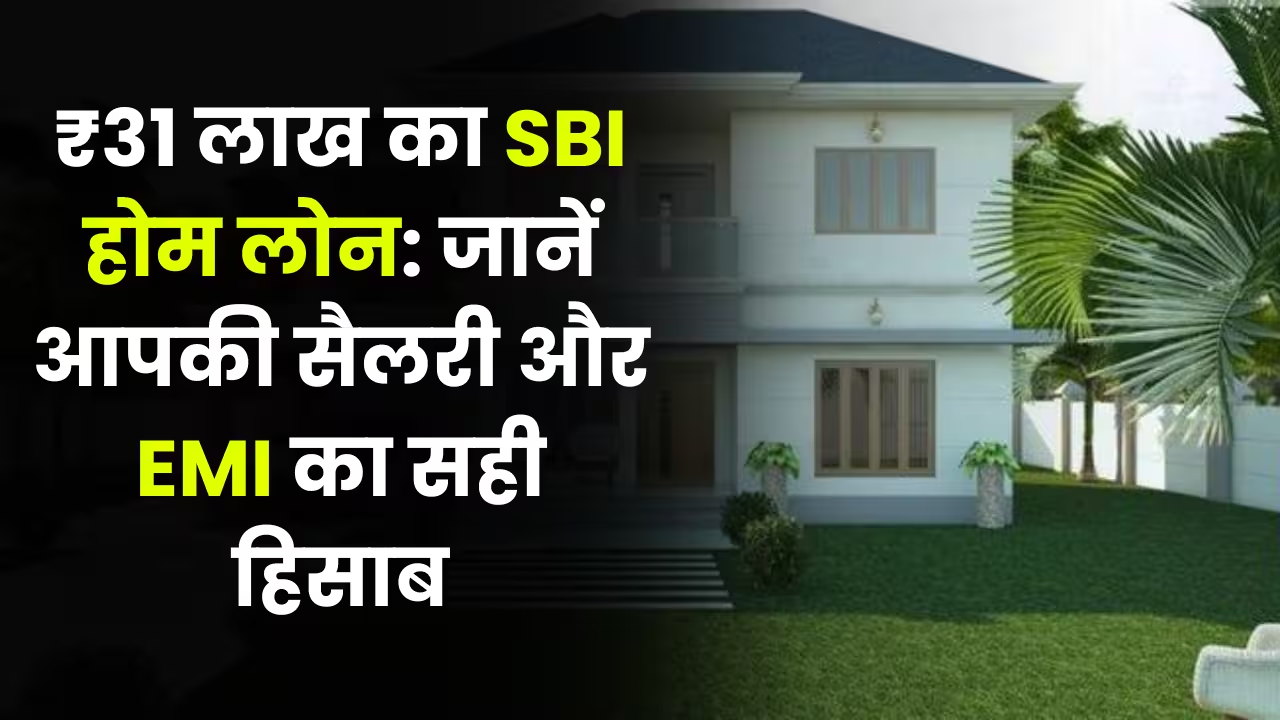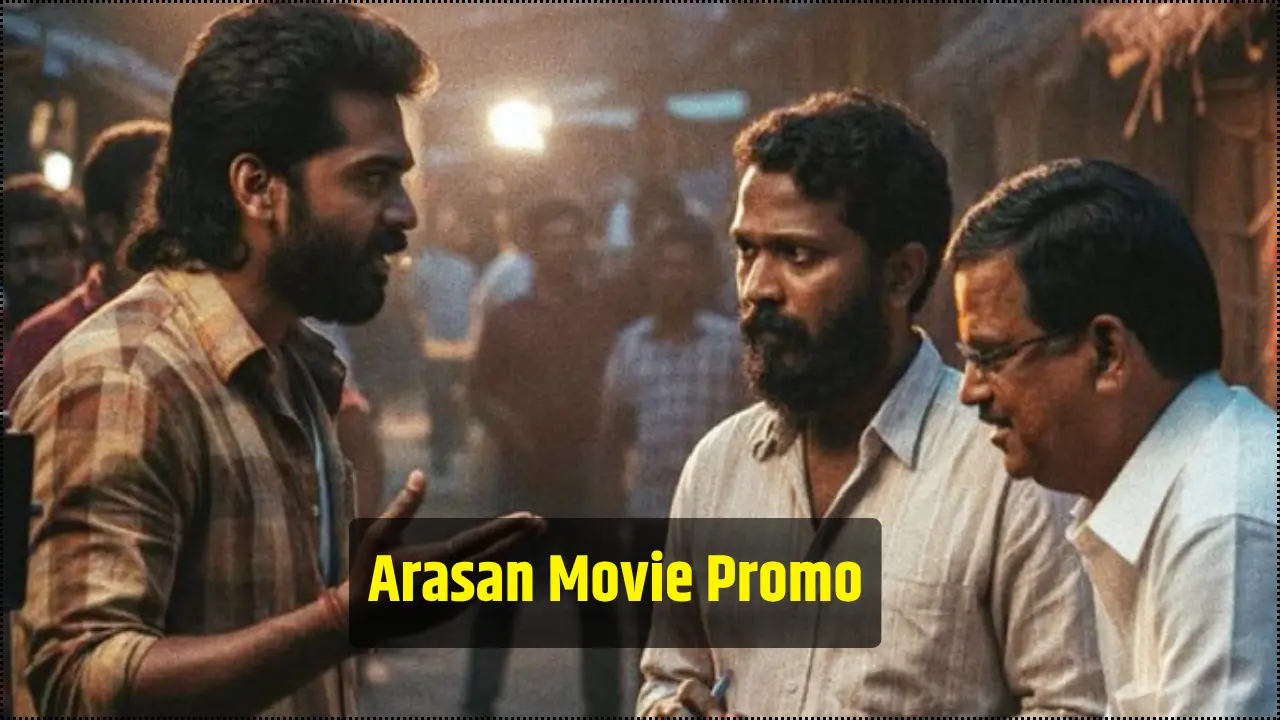The Pradhan Mantri Awas Yojana enters a transformative phase in 2025 with updated guidelines that make homeownership dreams achievable for millions of Indian families. The government has introduced simplified application processes, expanded eligibility criteria, and enhanced subsidy amounts to accelerate affordable housing delivery across urban and rural areas. Understanding these new provisions is crucial for prospective beneficiaries seeking financial assistance for constructing or purchasing their first home.
What are the new rules of Pradhan Mantri Awas Yojana 2025?
The 2025 guidelines introduce revised income limits for different beneficiary categories, making more families eligible for assistance. Economically Weaker Sections now include households earning up to ₹3 lakhs annually, while Low Income Groups cover families earning ₹3-6 lakhs yearly. The Middle Income Group-I bracket extends to ₹6-12 lakhs, and MIG-II accommodates incomes between ₹12-18 lakhs annually. These expanded thresholds significantly broaden the scheme’s reach.
New construction quality standards mandate earthquake-resistant designs and eco-friendly materials in all PMAY homes. Beneficiaries must now complete construction within 36 months of receiving the first installment, reduced from the previous 48-month window. The government has also implemented stricter verification processes using Aadhaar authentication and geo-tagging to prevent duplicate benefits. Property registration must occur within beneficiary names within specified timelines to ensure transparency.
Who is eligible to apply for PM Awas Yojana in 2025?
Applicant families must not own a pucca house anywhere in India to qualify for PMAY benefits. The scheme prioritizes women-headed households, scheduled castes, scheduled tribes, and persons with disabilities. Ministry of Housing and Urban Affairs confirms that adult family members should not have availed any central government housing scheme previously. Annual household income must fall within the specified category limits mentioned earlier.
Applicants must be Indian citizens above 21 years of age at the time of application submission. No family member should have obtained benefits under other government housing programs like JNNURM or RAY. The property for which assistance is sought must be the first residential property owned by the family. Educational qualification is not mandatory, making the scheme accessible to all economic sections regardless of literacy levels.
How to apply for PM Awas Yojana 2025 online?
Visit the official PMAY portal and select the appropriate category—Credit Linked Subsidy Scheme for urban areas or rural housing component. Click on the “Apply Online” section and provide your Aadhaar number for authentication. Fill in personal details, income information, bank account particulars, and property specifics accurately. Upload required documents including income certificate, identity proof, caste certificate if applicable, and property documents before final submission.
After successful registration, note down the application reference number for future tracking purposes. Applications undergo verification at multiple administrative levels before approval. PM Awas Yojana Portal provides real-time status updates on your application progress. Beneficiaries receive notifications via registered mobile numbers and email addresses. The entire process typically takes 60-90 days from submission to sanction, depending on documentation completeness and verification speed.
What benefits will new applicants get under PMAY 2025?
Eligible beneficiaries receive direct financial assistance ranging from ₹1.5 lakhs to ₹2.67 lakhs depending on location and category. Urban areas get higher subsidies compared to rural regions, reflecting varied construction costs. Interest subsidy on home loans reduces EMI burden significantly, with benefits calculated on loan amounts up to ₹12 lakhs for MIG categories. Loan tenure can extend up to 20 years, providing flexible repayment options.
Additional benefits include priority access to infrastructure development in PMAY colonies, including roads, water supply, and sanitation facilities. Women beneficiaries receive preference in allotment and jointly own properties, promoting gender equality. The scheme offers convergence with other government programs like Swachh Bharat Mission for toilet construction. Tax benefits under Income Tax Act sections further reduce the overall financial burden for beneficiaries.
Read More:
Gold-Silver Price Today: Check Latest Gold Rates in India & Full Market Update!
Maharashtra Board Date Sheet 2026 Out: Download SSC & HSC Timetable PDF Now!
Disclaimer: Information provided is based on available government notifications and may be subject to change. Applicants should verify current guidelines from official PMAY sources before applying.

